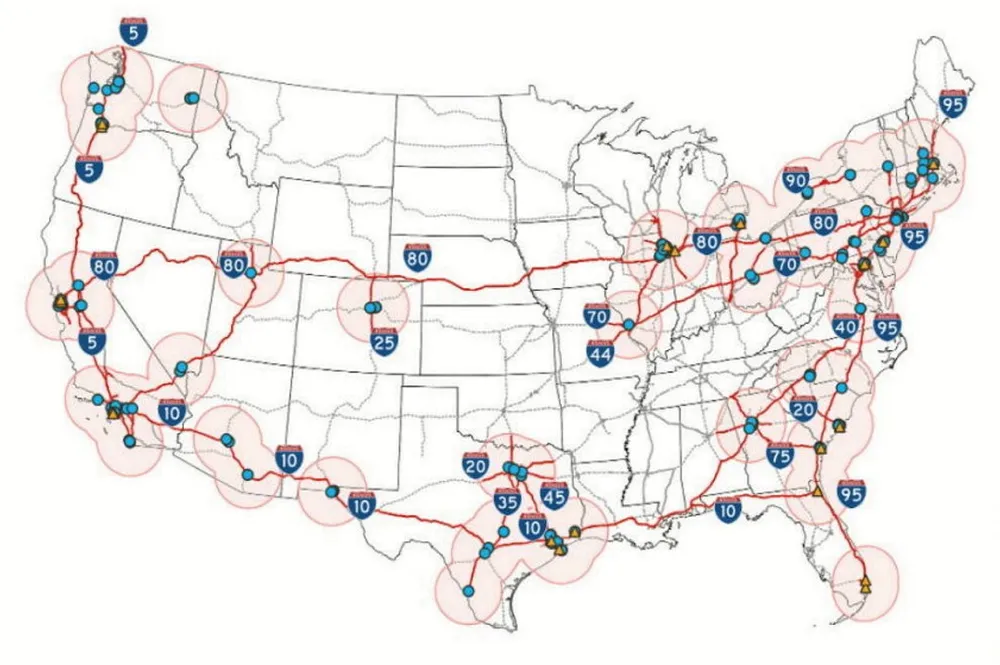US government schedules national hydrogen refuelling station roll-out from 2027
National Zero-Emission Freight Corridor Strategy foresees 'ubiquitous' access to H2 filling stations and electric chargepoints by 2040

National Zero-Emission Freight Corridor Strategy foresees 'ubiquitous' access to H2 filling stations and electric chargepoints by 2040
